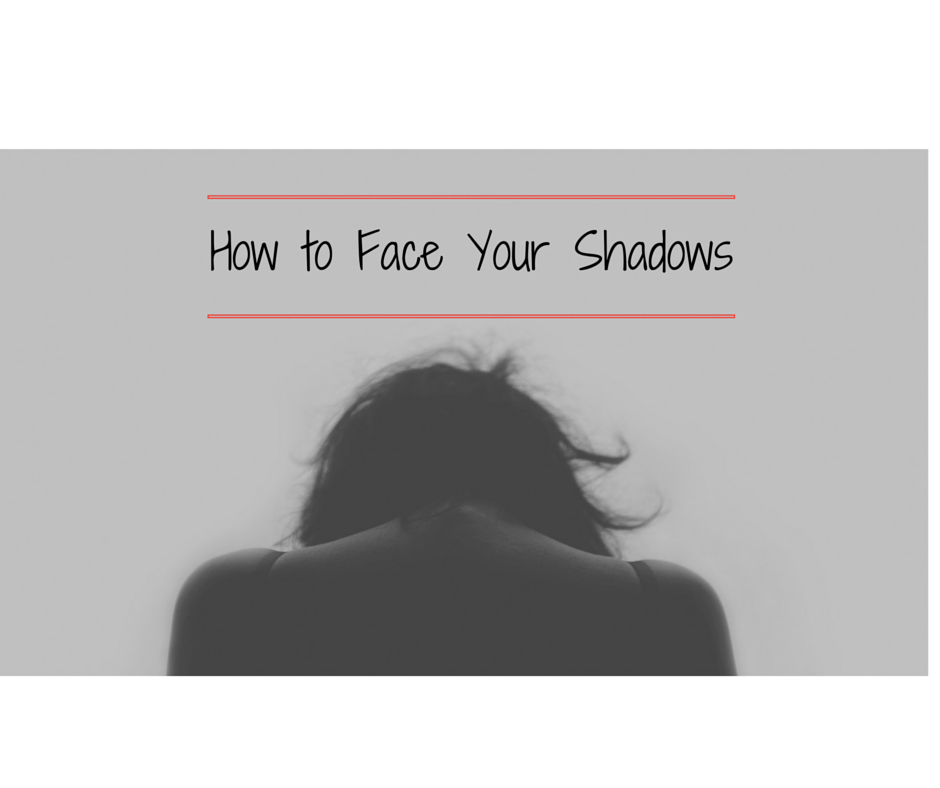
When We Experience News Overwhelm

We want to know what is going on in the world. We want to feel connected. So we turn to the television or our other devices to gather information and to hopefully feel a sense of connection. However, the news media tends to highlight all the “breaking” bad news. So what we wind up seeing is negativity and infighting instead. At this point we are experiencing news overwhelm.
It can be painful to bear witness to what we see. We learn about so many problems and we can start to feel like our problems are unsolvable. We see human suffering, destruction, and unkindness. This can lead us to feel angry, depressed, anxious or helpless. We often don’t know what to do. But what can we do? How do we handle what we see? How do we even know what’s true or not? It’s a lot to sift through!
News Overwhelm and the Election
News overwhelm seems to be stoking tensions and provoking anxiety on a daily basis. We may discover that this chronic stress is affecting our personal health and our mental health. Over the past several years, this has been particularly problematic and there has been so much negativity and ugliness. Not only does this upset us individually, but it also compromises how we communicate with one another.
In a Rolling Stone article entitled The Age of Fear (Neil Strauss: Issue 1272), Jen Senko, a New York Filmmaker talks about how “all of these emotions, especially fear, whip people up into a state of alarm and they become angry and almost evangelical about what they believe. It’s like a disease infecting millions of people around the country.”
News Overwhelm and Health
We all know that excessive stress literally impacts our health. Being flooded by constant negativity, worry and argument can lead to physical symptoms. Or worse yet, we might aggravate an existing medical condition. We might experience elevated blood pressure, stomach pains, bowel irritation, get an ulcer, lose our sex drive, lose sleep or lose our appetite. The list goes on.
If we think we don’t have any power over our own life, we might start to feel depressed. If our efforts seems futile, we can lose our motivation to get things done altogether.
Dealing with News Overwhelm
Of course, the goal is not to ignore reality. It is important for us to be aware of our surroundings and our place within the world. However, we must be able to take a step back in order to gain perspective. If we actually want to address issues and make better decisions, we need to have a clear head and a calm body. The truth is, there are some things we can do:
1. Notice where you are placing your energy
We can spend an awful lot of time and energy simply fretting or venting. However, If we choose to, we can pause long enough to observe how our actions are impacting us. If we can check in with ourselves, we might discover which actions help us feel more empowered. We may notice how our choices impact our level of energy and sense of enthusiasm. We can reflect upon whether or not our actions are of benefit the very causes that concern us.
When we believe we have a voice, when we perceive we are making a difference, then this can lead to more positive feelings. If we are dealing with something that we believe we cannot change, perhaps then we can start by trying to understand it better. Maybe this will lead to a more productive idea for impact over time.
2. See if you can take a piece and chew
After taking a step back, consider what is most important to you. Ask yourself if your behaviors are in alignment with your own values. When you reflect upon your own actions (or lack thereof) see if you feel a sense of meaning and self-respect. On the other hand, gently note if you are experiencing guilt, frustration or shame instead. After taking this kind of inventory, you can tweak things perhaps so that you may take some kind of action that does align with your own values.
While you reflect upon what part you want to play, be sure to also include your interests and what you enjoy to do. There are all kinds of people in the world. We all have unique talents and perspectives. Consider your unique skill set and how the world may benefit from them.
3. Create and Express
If you find ways to release some of the negative energy, you might experience inspiration instead. Perhaps you can meditate, practice mindful breathing, take a walk outside or just do something fun. If you observe your thoughts, you might notice the impact of your thoughts upon your moods, your physical well-being and your relationships. Just taking a break sometimes can help you to come back to the matter with a fresh perspective.
Never underestimate the power and impact of sharing your unique perspective with the world. This can be done through the arts or through some kind of craft. Brainstorming can lead to new ideas which then lead to new solutions. Fiddling can lead to innovation. One act of creation can create ripples.
4. Interact with others from a place of Compassion
Our emotions can start to impact how we communicate with our fellow human beings. Unfortunately, we can forget how to listen. Sometimes we can become intolerant and unkind. At times, we can get tunnel vision. It is easy these days to spend hours watching the news (or scrolling through Facebook) only to get “confirmation” and validation of our original biases. Often we wind up only interacting with others who already agree with us.
If we are more mindful, perhaps our interactions can help us feel more connected to one another. We can boost our connections by practicing active listening. When we talk less, we can learn something new. We may take note if we are repeating the words of others without having actually done the necessary investigation or self-reflection. We can grow ourselves, as we strive to see the world through the eyes of another. Learn more about therapy for anxiety with Lisa Perry.
If you feel overwhelmed by the news lately, and need a place to regain your balance, please contact me!
L isa T Perry, MEd, LCMHC, CCMHC, VMT-R is a Licensed Clinical Mental Health Counselor who blends therapeutic strategies to help people manage overwhelm.
isa T Perry, MEd, LCMHC, CCMHC, VMT-R is a Licensed Clinical Mental Health Counselor who blends therapeutic strategies to help people manage overwhelm.


























